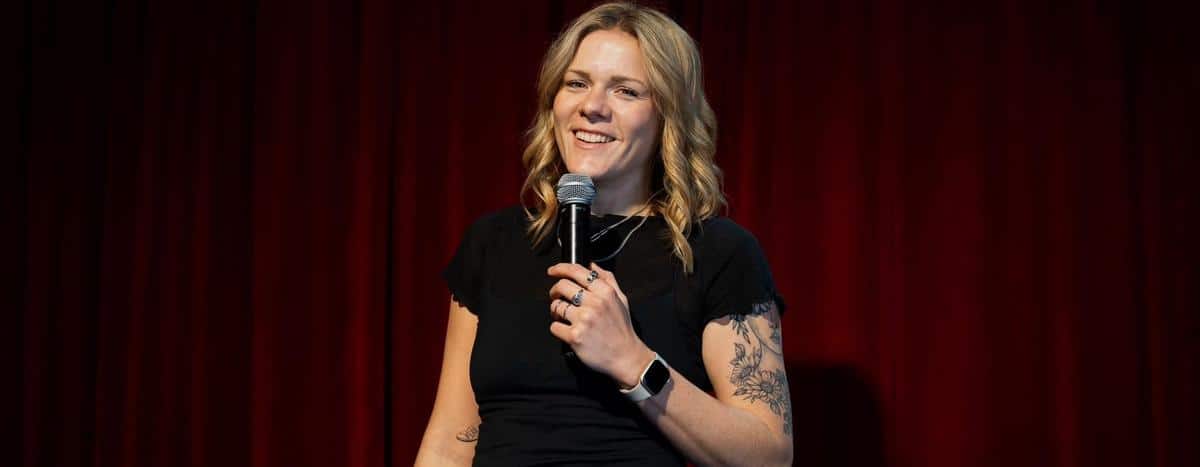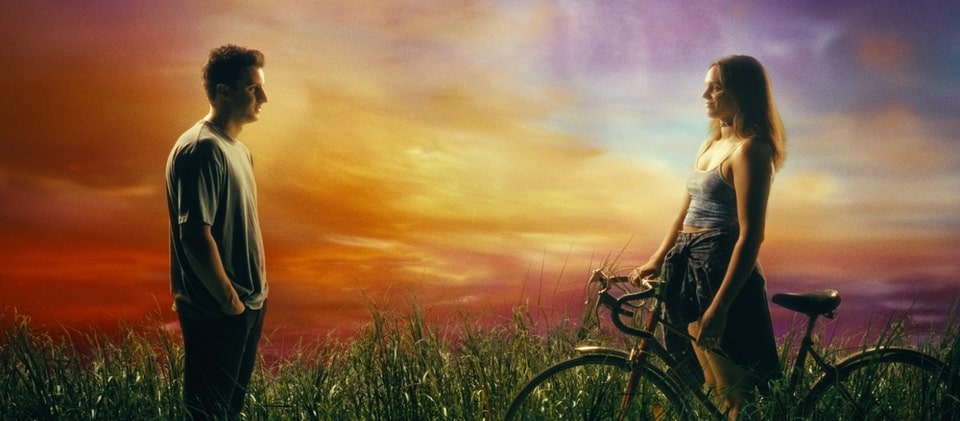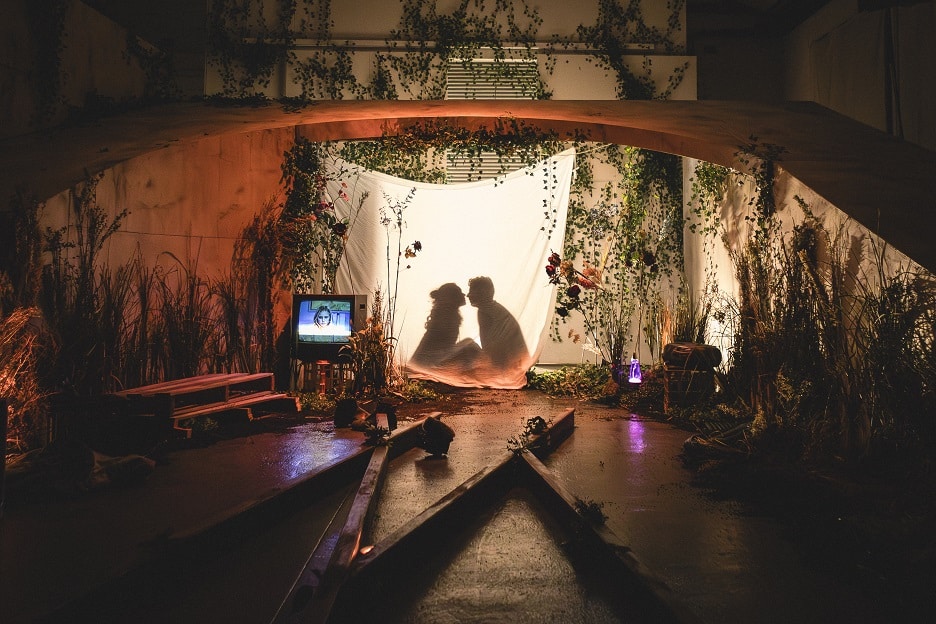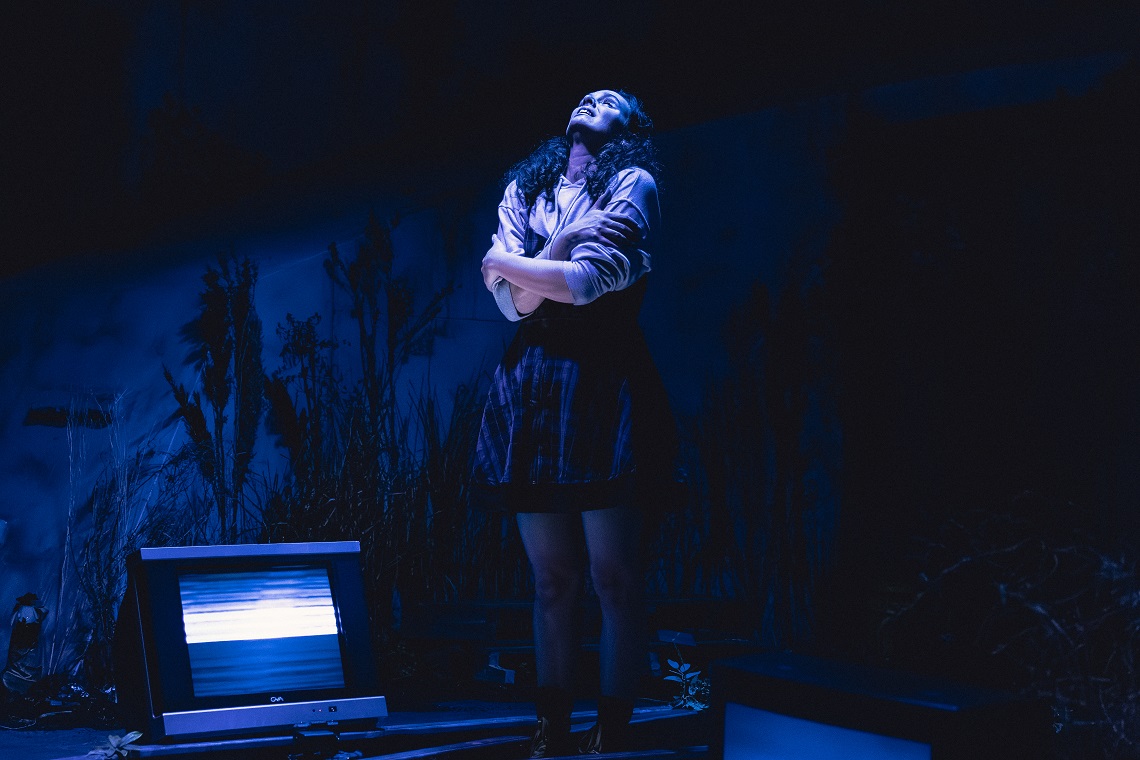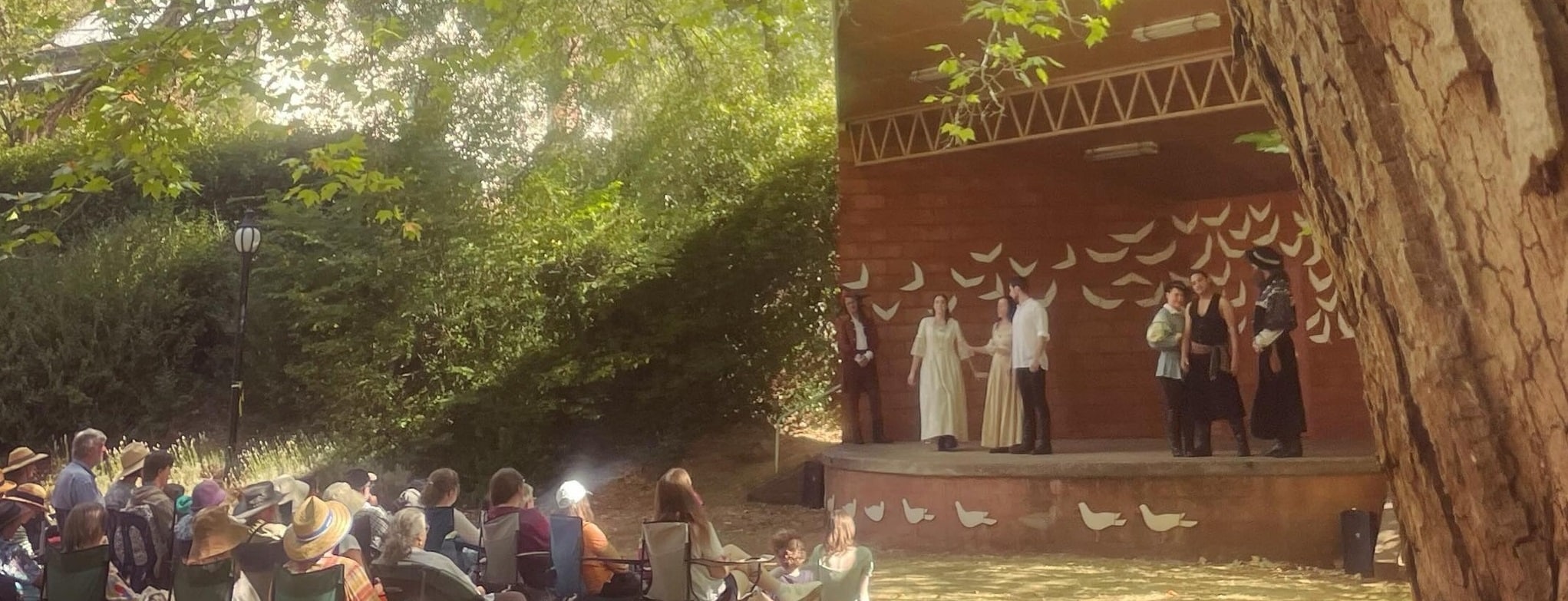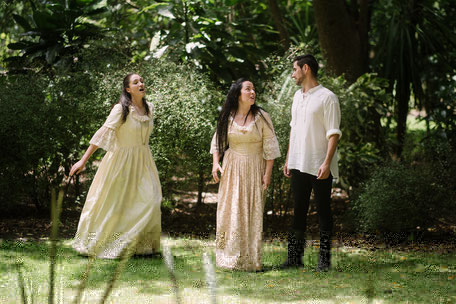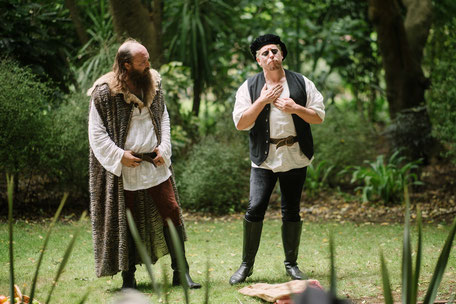On a Monday night at Tasma Terrace, the after-work crowd could be seen getting ready for a night of comedy and laughs.
German comedian Maren May immediately captured the audience’s attention by introducing herself as the ‘unsure German’ – a character she has been told she plays very well (maybe….. because she isn’t playing a character at all, but just being herself). Reflecting on her most recent comedy shows, she was told by an audience member that he could offer her a free autism diagnosis as he was a psychiatrist.
Thus, set up the central premise of “reading between no lines”. May recounts pondering for days what is meant when a relative says to her “that’s a summery dress” at a wedding, before realising the relative meant that the dress wasn’t appropriate for a church. Later, she asks ChatGPT what this could possibly mean. The audience cracks up, agreeing with May – why can’t people just say what they actually mean?
May cleverly noted that although when navigating everyday life, she felt as though she was missing a script that everyone else had, she liked stand-up comedy as it meant she had a script to go off.



Throughout the show, May reflected on her family, love life, job, and interests with an endearing and joyful spin on even the most awkward stories. Her delightfully literal interpretations and neurodivergent lens were not only hilarious but refreshingly honest. Her stories touched on a cheating ex-boyfriend, an awkward date that felt like a scene straight out of Seinfeld, and weird habits her family has.
There was something uniquely charming about how May navigated her world— overthinking eye contact, and uploading her diary entries to Chat GPT (it’s less awkward than confiding in a therapist, who you may run into in person – whereas “ChatGPT doesn’t even own a bike!”). With just the right mix of awkwardness, wit, and heart, May’s set felt both deeply personal and universally relatable.
May delivered an audience-engaging set of observant and witty jokes, with clever call backs to earlier stories that tied in well together (such as mishearing the lyrics to the classic ABBA song Dancing Queen – “why are you kicking her?”). The show finished with a surprise guest appearance by someone we all know – ChatGPT.
Amidst the hustle and bustle of the Melbourne International Comedy Festival, Maren May delivered a delightful night of witty anecdotes and laugh-out-loud jokes. Make sure to check out this show and check out the many other comedians performing during the festival.
To book tickets to Maren May Reads Between No Lines, please visit https://www.comedyfestival.com.au/browse-shows/maren-may-reads-between-no-lines/.
